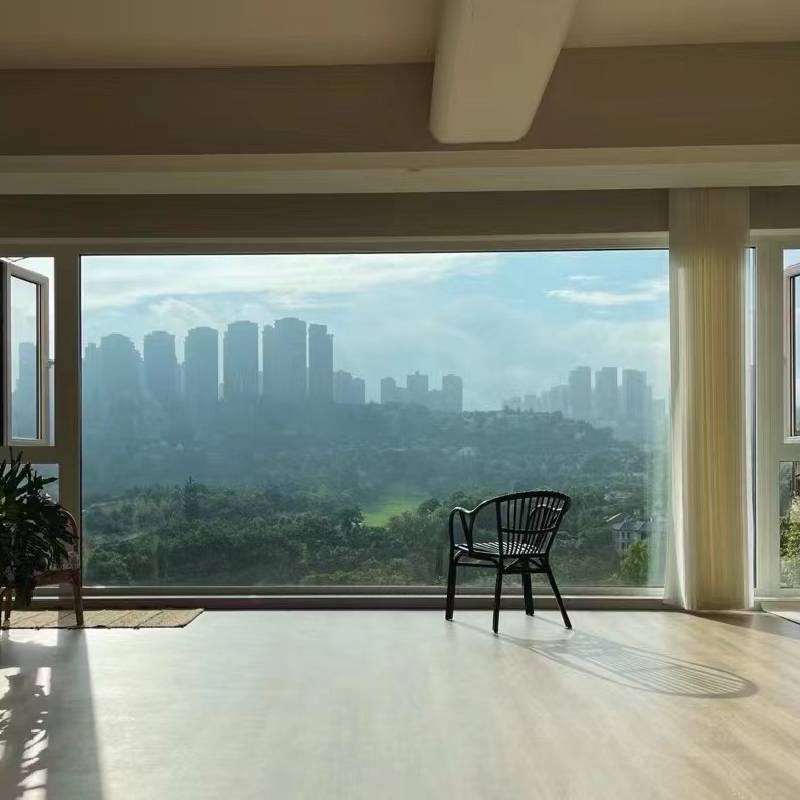

Understanding Laminated Insulated Glass Units A Comprehensive Overview
Laminated insulated glass units (LIGUs) have gained significant popularity in modern architectural design and construction due to their superior performance and aesthetic appeal. These innovative glass units combine multiple layers of glass with interlayers to create a robust structure that provides enhanced durability, security, and thermal efficiency. In this article, we will delve into the components, benefits, applications, and considerations when using laminated insulated glass units.
What are Laminated Insulated Glass Units?
Laminated insulated glass units consist of two or more panes of glass that are sealed together with an insulating spacer and separated by an air or gas-filled cavity, which enhances thermal performance. At least one of the panes is laminated, meaning that it contains a plastic interlayer—typically made from polyvinyl butyral (PVB) or ethylene-vinyl acetate (EVA)—that binds the glass layers together. This construction not only improves thermal insulation but also offers benefits in terms of safety and sound reduction.
Components of Laminated Insulated Glass Units
1. Glass Layers The outer and inner layers of glass can be made from clear, tinted, or tempered glass, depending on the desired aesthetic and structural requirements.
2. Interlayers The interlayer is crucial for providing strength and safety. It holds the glass layers together, preventing shattering and controlling how the glass breaks under impact.
3. Spacer Bars Located between the glass panes, spacer bars create an airtight seal that also serves to maintain the insulating gas, which can be argon or krypton, within the cavity.
4. Sealants The edges of the glass unit are sealed with high-performance sealants to prevent moisture ingress, thus preserving the insulating properties over time.
Benefits of Laminated Insulated Glass Units
1. Enhanced Safety In the event of breakage, laminated glass holds together due to the interlayer, significantly reducing the risk of injury from flying shards. This feature makes it ideal for high-traffic areas and buildings that require safety glazing.
3. Thermal Insulation The insulating layer provides thermal resistance, helping to maintain a comfortable indoor temperature and reducing energy costs associated with heating and cooling.

4. UV Protection The interlayer can block a significant percentage of harmful UV rays, protecting furnishings, flooring, and artworks from fading.
5. Aesthetic Versatility LIGUs can be customized with various glass finishes, colors, and thicknesses, allowing architects to realize their design visions without compromising on functionality.
Applications of Laminated Insulated Glass Units
LIGUs are versatile and have numerous applications across different sectors, including
- Residential Buildings Used in windows and doors to enhance safety and energy efficiency. - Commercial Properties Ideal for storefronts and office buildings where aesthetics and security are paramount. - Public Buildings Often utilized in schools and hospitals to provide both safety and acoustic benefits. - Automotive Industry Employed in windshields and windows, offering protection and comfort.
Considerations When Selecting Laminated Insulated Glass Units
When opting for LIGUs, several factors should be evaluated
1. Building Code Compliance Ensure that the selected glass units meet local building regulations and safety standards.
2. Performance Specifications Consider the U-value (thermal transmittance), solar heat gain coefficient (SHGC), and sound transmission class (STC) ratings to meet specific performance needs.
3. Maintenance Requirements While LIGUs are sturdy, regular maintenance may be needed to ensure the longevity of the seals and prevent moisture ingress.
4. Cost Though they offer many benefits, LIGUs may come at a higher initial cost than standard glazing. However, the energy savings and durability can offset this over time.
Conclusion
Laminated insulated glass units represent a significant advancement in building materials, providing a blend of safety, aesthetics, and energy efficiency. As architectural trends continue to evolve, LIGUs will undoubtedly play an increasingly vital role in creating safe, comfortable, and visually appealing environments. Whether for new construction or retrofitting existing buildings, understanding the advantages and applications of LIGUs is essential for making informed design and purchasing decisions.